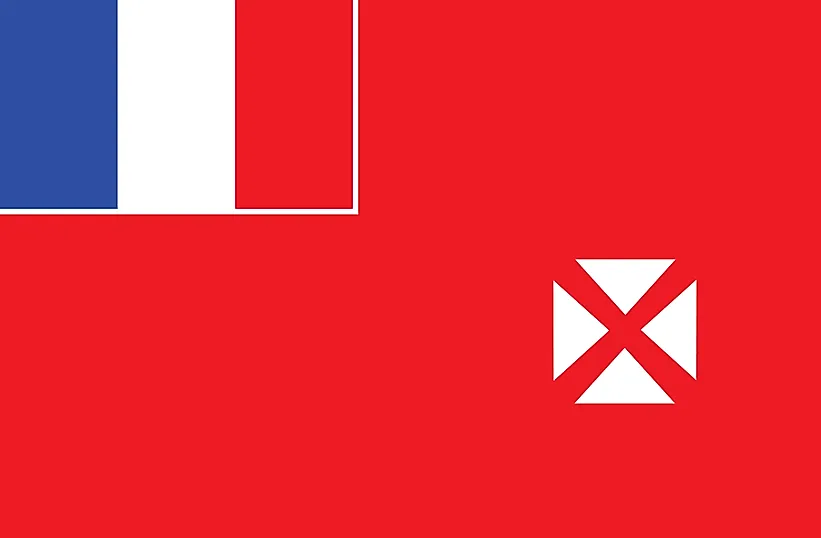
Wallis And Futuna
| Continent | Oceania |
| Capital | Mata Utu |
| Population | 15,664 |
| GDP | $60.00 Million |
| GDP per Capita | $3,800 |
| Dialing Code | +681 |
| ISO Code (2-letter) | WF |
| ISO Code (3-letter) | WLF |
Wallis And Futuna Landscapes






About Wallis And Futuna
Welcome to Wallis and Futuna, a French territorial collectivity in the South Pacific. With approximately 11,000 people across 142 square kilometers, these islands preserve traditional Polynesian culture while maintaining connections with modern France.
Geographic Features and Natural Beauty
The territory consists of three main volcanic islands: Wallis (Uvea), Futuna, and the uninhabited Alofi. Each island features unique landscapes including volcanic peaks, tropical forests, and lagoons.
Natural attractions include Lake Lalolalo on Wallis, a crater lake surrounded by cliffs, pristine beaches, and extensive coral reefs. The islands’ isolation has helped preserve their natural environments.
Protected areas focus on conserving marine resources and tropical ecosystems. The territory’s commitment to environmental protection supports traditional fishing practices and biodiversity preservation.
Cultural Heritage and Traditions
Wallisian and Futunan cultures maintain strong Polynesian traditions. The territory’s heritage includes three traditional kingdoms, customary ceremonies, and rich oral traditions.
Traditional arts feature tapa cloth making, wood carving, and traditional dance. Cultural practices emphasize respect for traditional authority, community cooperation, and preservation of local languages.
Local cuisine centers around root crops, tropical fruits, and seafood prepared using traditional methods. The practice of traditional agriculture and fishing remains important to daily life.
Historical Journey
The islands’ history spans from early Polynesian settlement through various colonial influences. The territory became a French protectorate in 1888 and later a French overseas territory.
Significant periods include traditional Polynesian governance, Catholic missionary influence beginning in 1837, and integration with France while maintaining traditional authority structures.
Modern Economic Landscape
Today’s economy combines traditional subsistence practices with modern elements. The territory relies significantly on financial support from France while maintaining traditional economic activities.
Recent initiatives focus on infrastructure development, sustainable resource management, and preservation of traditional practices. The islands’ isolation presents both challenges and opportunities for development.
International Relations and Global Position
Wallis and Futuna maintains strong ties with France while participating in Pacific regional organizations. The territory’s preservation of traditional culture attracts anthropological interest.
Did You Know?
• The territory maintains three traditional kingdoms recognized by the French Republic?
• Lake Lalolalo is a nearly perfect circular crater lake?
• Traditional kava ceremonies remain an important part of social life?
• The territory has successfully preserved its indigenous languages?
Conclusion
Wallis and Futuna represents a unique preservation of traditional Pacific culture within a modern French framework. From volcanic landscapes to traditional kingdoms, from customary ceremonies to modern administration, the islands continue to balance tradition with contemporary needs. As they address challenges including economic development and population decline, Wallis and Futuna remains committed to maintaining its distinctive cultural identity while adapting to modern realities.